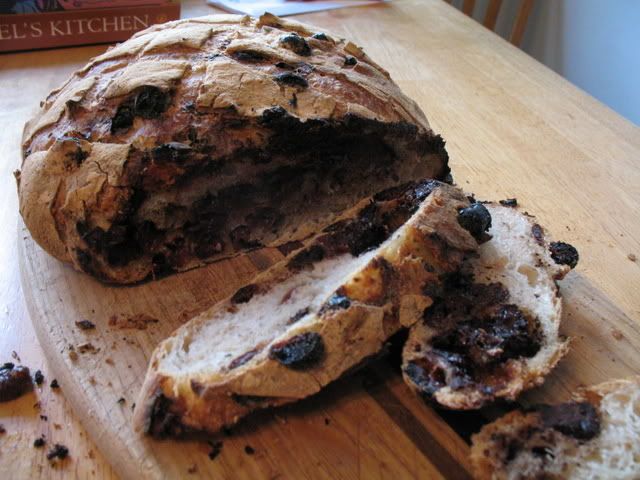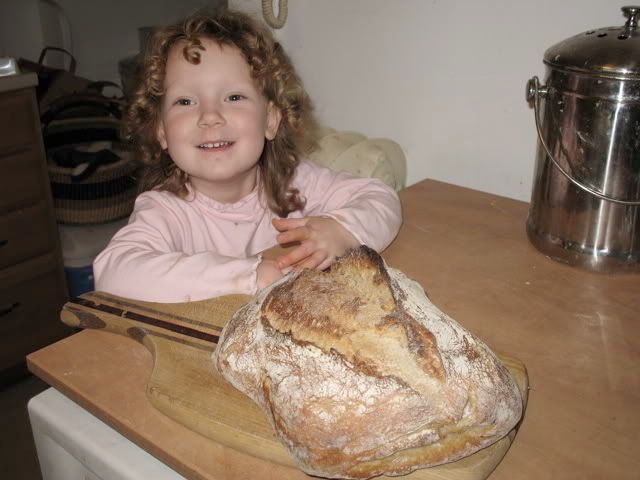Mega-bake

I don't think I've every baked this much in a weekend, and, to be honest, I didn't intend to. All I aimed to do was bake for
- The family that bought two loaves from me at the church fund-raiser service auction in November
- The annual church dinner and talent show
- My family's weekly bread
Er ... ok, I guess I did intend to bake that much. I just didn't realize it.
- Log in or register to post comments
- 9 comments
- View post
- JMonkey's Blog



